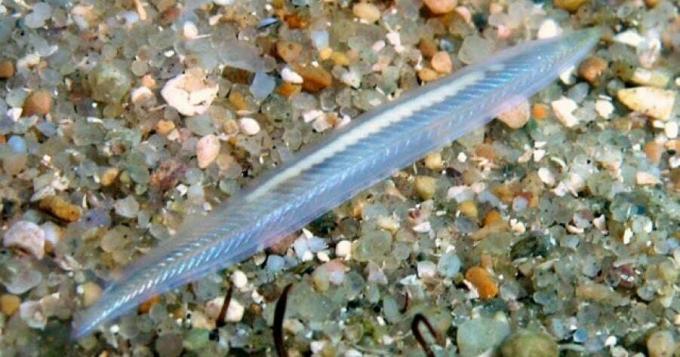
You cephalochordata and the urochordata are subphyla of phylum Chordata which has more than 45,000 species of animals, divided into three subphyla: Vertebrata, Urochordata and Cephalochordata.
Cephalochordates and Urochordates are known as protochordates because they are more primitive and are not vertebrates.
see more
Biology teacher fired after class on XX and XY chromosomes;…
Cannabidiol found in common plant in Brazil brings new perspective…
Thus, the phylum Chordata includes both animals invertebrates like vertebrates, however, in the embryonic phase, all of them are similar and present a dorsal nervous tube, pharyngeal slits, notochord and post-anal tail.
The main difference between subphyla Urochordata and Cephalochordata, which are protochordates, and the subphylum Vertebrata, which encompasses all vertebrate animals, is that protochordates lack a skull and spine.
Animals belonging to the protochordates generally have a flattened body with tapered ends and, therefore, their heads are differentiated.
They live in coastal aquatic environments and, in some cases, have a body shaped similar to that of fish.
We can often find protochordates buried in the sand or attached to rocks, but they can also be free-living and form colonies.
The reproduction of the subphyla Urochordata and Cephalochordata is sexual with external fertilization. However, there are exceptions, such as sea squirts, which reproduce asexually by budding.
Urochordata are marine animals that can live alone or in colonies, are sessile, that is, they do not have the ability to move, and filter plankton to feed.
The body of urochordate animals is covered by a thick layer called the tunic, which is why they are also called tunicate animals.
Urochordates are animals with an open circulatory system and nervous system in the form of a tube, when it is in the larval stage, and in the form of nerve ganglia under the pharynx, in the adult stage.
The main urochordates are ascidians and salps, which have a notochord in the larval stage, but when adults resemble chordate animals.

Cephalochordata are animals that live in the sea, they are only a few centimeters long and have a flattened body, with thin ends.
They swim in shallower water, but can be found on sand with only their mouths sticking out.
The nervous system of cephalochordates has branches that derive from a central nerve tube. O circulatory system is closed and the heart is located in the ventral region.
Cephalochordates are filter feeders and remove small particles of food from the water passing through their body.
The main representatives of this subphylum are the amphioxus, which have a translucent body and a shape similar to a small fish.

See too:
